English Ivy Pruning: Tips On How And When To Trim Ivy Plants
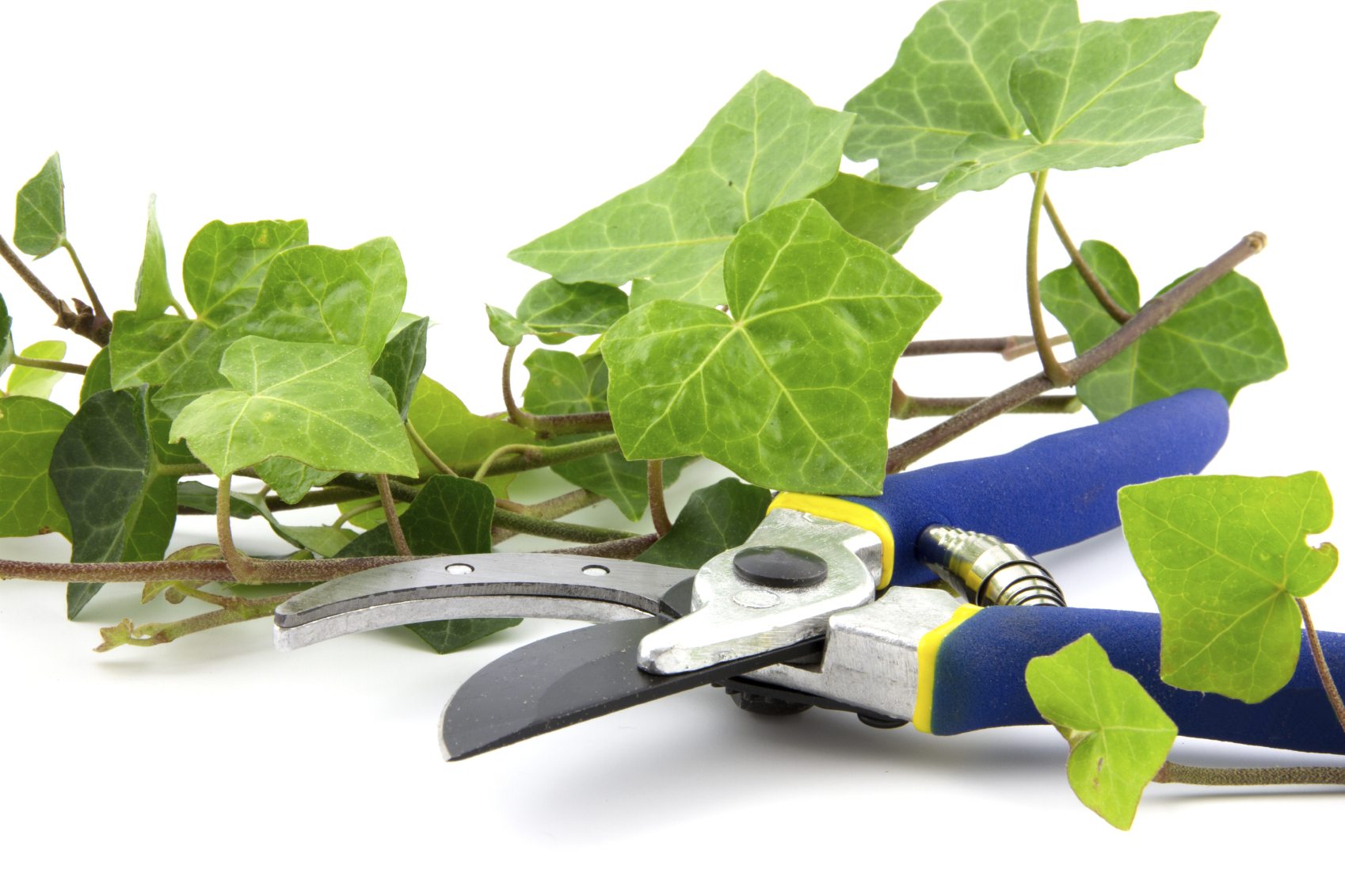

English ivy (Hedera helix) is a vigorous, widely grown plant appreciated for its glossy, palmate leaves. English ivy is extremely hale and hearty, tolerating severe winters as far north as USDA zone 9. However, this versatile vine is just as happy when grown as a houseplant. Whether English ivy is grown indoors or out, this fast-growing plant benefits from an occasional trim to stimulate new growth, improve air circulation, and keep the vine within boundaries and looking its best. Trimming also creates a full, healthy-looking plant. Read on to learn more about pruning English ivy.
When to Trim Ivy Plants Outdoors
If you’re growing English ivy as a ground cover, ivy plant trimming is best done before new growth appears in spring. Set your mower on the highest cutting height to prevent scalping the plant. You can also prune English ivy with hedge shears, especially if the ground is rocky. English ivy pruning depends on growth and may need to be done every other year, or as often as every year. Use clippers or a weed trimmer to trim along sidewalks or borders as often as needed. Similarly, if your English ivy vine is trained to a trellis or another support, use clippers to prune out unwanted growth.
Ivy Plant Trimming Indoors
Pruning English ivy indoors prevents the plant from becoming long and leggy. Simply pinch or snap the vine with your fingers just above a leaf, or prune the plant with clippers or scissors. Although you can discard the cuttings, you can also use them to propagate a new plant. Just stick the cuttings in a vase of water, then set the vase in a sunny window. When roots are about ½ to 1 inch (1-2.5 cm.) long, plant the new English ivy in a pot filled with well-drained potting mix.
Gardening tips, videos, info and more delivered right to your inbox!
Sign up for the Gardening Know How newsletter today and receive a free copy of our e-book "How to Grow Delicious Tomatoes".

A Credentialed Garden Writer, Mary H. Dyer was with Gardening Know How in the very beginning, publishing articles as early as 2007.
-
 Looking For Plants To Give You The Soft And Fuzzies? Try These 5 Fuzzy Leaf Plant Options
Looking For Plants To Give You The Soft And Fuzzies? Try These 5 Fuzzy Leaf Plant OptionsLovers of texture, drama, silver foliage and tactile plants will adore these special sensory garden additions. These fuzzy leaf plant options will leave you all aglow
By Susan Albert
-
 Get Ready For A Summer Of Hummers! Grow These Full Sun Hummingbird Plants and Flowers
Get Ready For A Summer Of Hummers! Grow These Full Sun Hummingbird Plants and FlowersIf you’re lucky enough to enjoy a sunny backyard, make sure you are maxing out on your pollinator opportunities and grow these full sun hummingbird plants and flowers
By Tonya Barnett
-
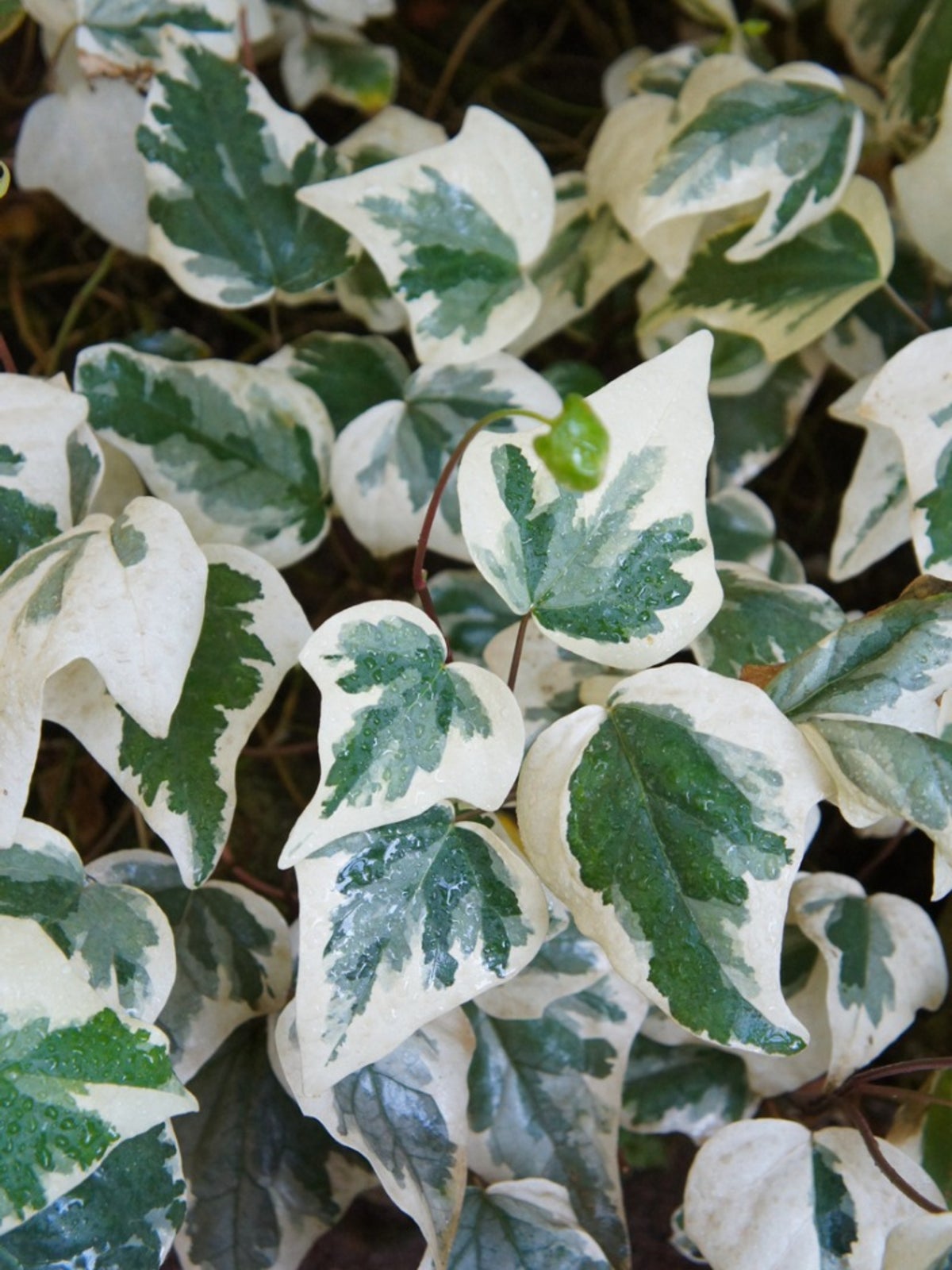 Algerian Ivy Care: Tips For Growing Algerian Ivy Plants
Algerian Ivy Care: Tips For Growing Algerian Ivy PlantsEvergreen vines can be used as groundcovers for troublesome areas of the garden, such as slopes or other areas where grass has a hard time establishing. Algerian ivy plants are one such plant that will easily establish, where turf or other plants won?t. Learn more here.
By Darcy Larum
-
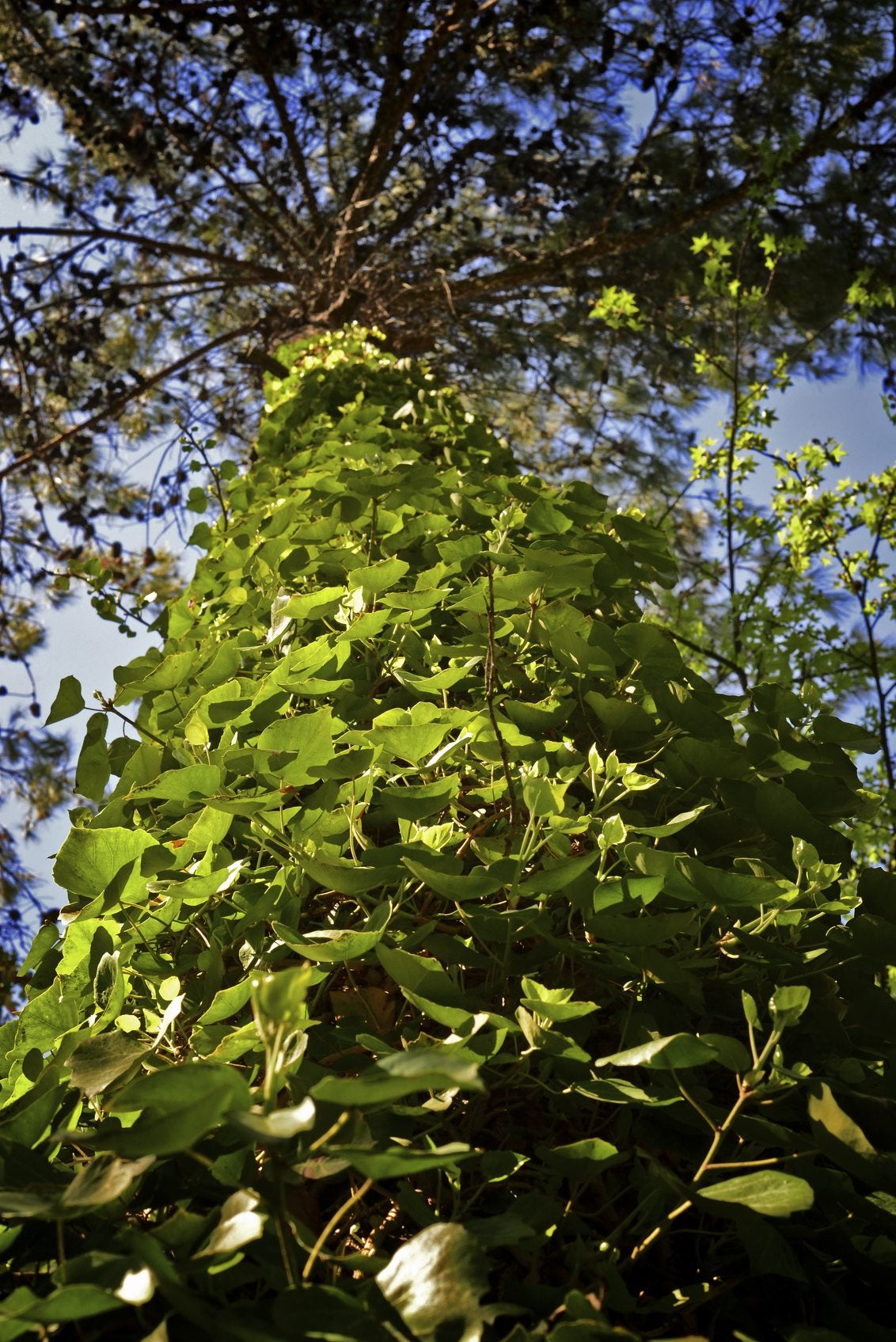 English Ivy Tree Damage: Tips On Removing Ivy From Trees
English Ivy Tree Damage: Tips On Removing Ivy From TreesWithout periodic pruning, the English ivy vine can become a nuisance when it climbs your trees. Learn about ivy damage to trees and what to do about it.
By Nikki Tilley
-
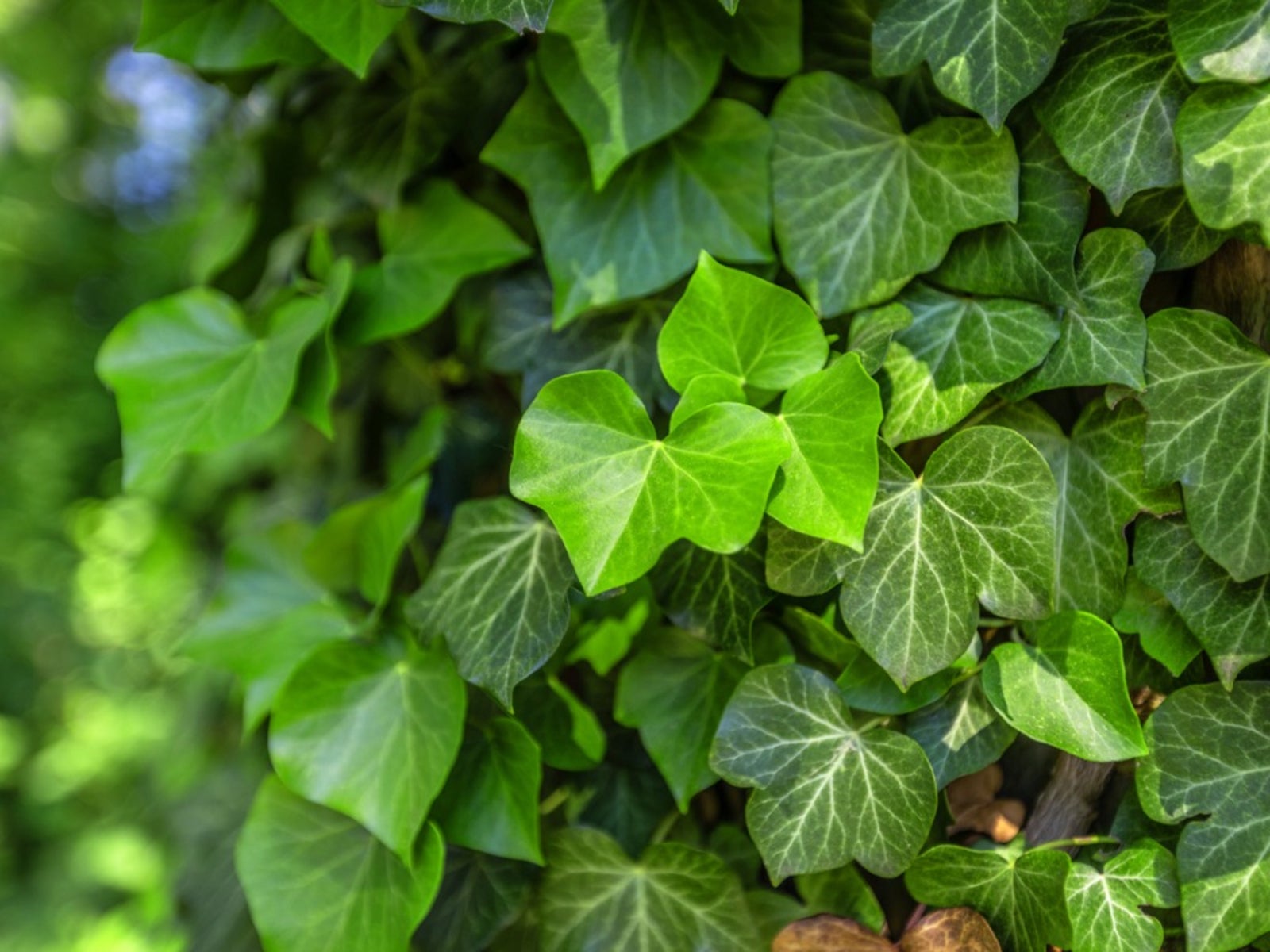 English Ivy: Complete Plant Care & Growing Guide
English Ivy: Complete Plant Care & Growing GuideLush English ivy is beautiful clinging to old buildings and creeping up fences, but it can be aggressive and invasive. You might love it more as a houseplant.
By Jackie Carroll
-
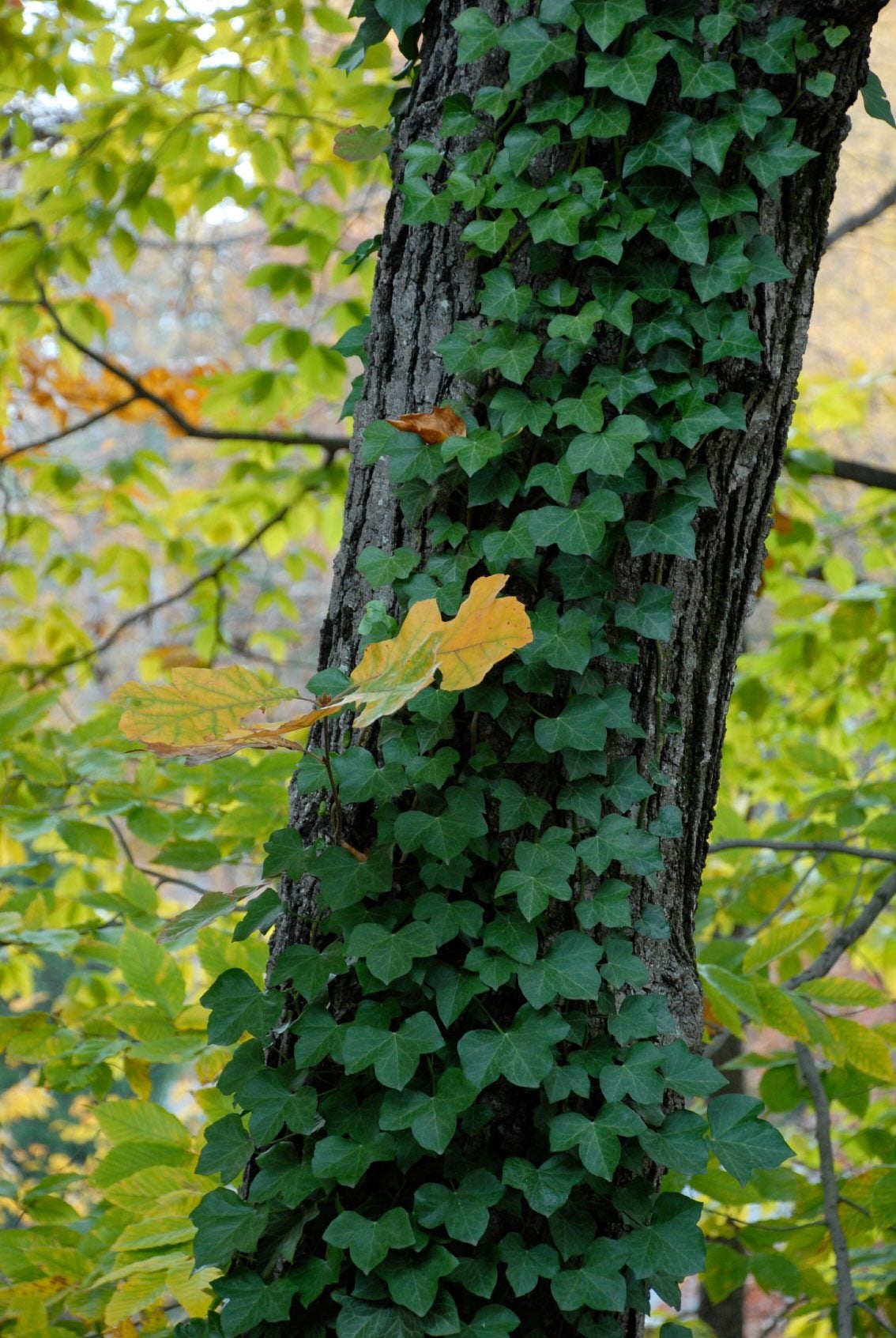 Tips For How To Kill English Ivy
Tips For How To Kill English IvyThe same traits that make English ivy a wonderful ground cover can also make it a pain to remove from your yard. Removing ivy can be a difficult task, but not an impossible one. This article will help.
By Heather Rhoades